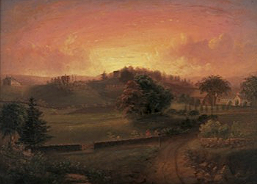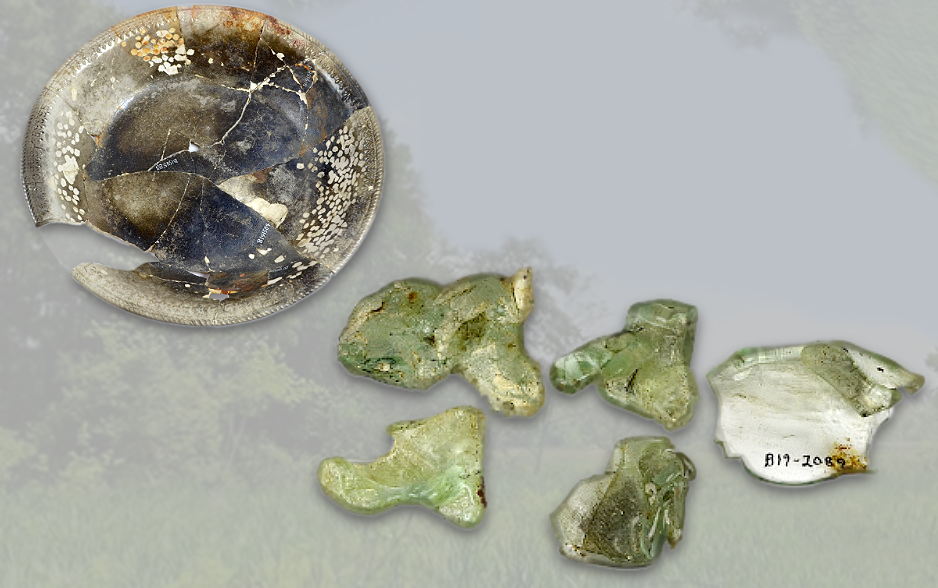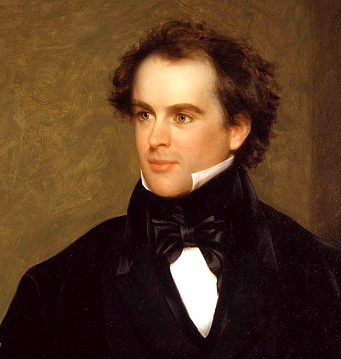An Ideological Change Spells the End
By 1844, the Transcendental ideas on which the community was based were overtaken by a new school of thought called Fourierism. This school of thought called for a new social order called a “Phalanx” with highly organized and gendered roles for its members. The community began to construct the Phalanstery, a massive structure which was to be the new center of the community, where everyone lived, ate, learned, and worked. This ideological shift was headed by George Ripley but many members found it to be too rigid and structured, at odds with the original intention of the experiment.
Brook Farm still struggled to financially support itself, battling budget-cuts and small-pox. The final blow came when the almost constructed Phalanstery burned to the ground. By 1846, George and Sophia broke with the group and other members left one by one. The Brook Farm experiment officially ended in 1847, just six years after its beginnings, with a debt totaling $17,445.

Image courtesy of The Massachusetts Historical Society
Below, the melted pieces of glass, charred wood, and ceramics with burned and bubbled glaze represent the end of an ambitious experiment of social living and communal work. Though Brook Farm did not last, it did inspire other idealists to attempt different forms of Utopian societies, most notably Bronson Alcott and Charles Lane in their community, Fruitlands.

American author Nathanial Hawthorne was briefly a member of this community, but found that the intense physical labor needed to keep the farm running was not to his taste. He complained notably in a letter that he could not “endure being chambermaid to a cow.” He later based his novel The Blithedale Romance on his experiences at Brook Farm.

